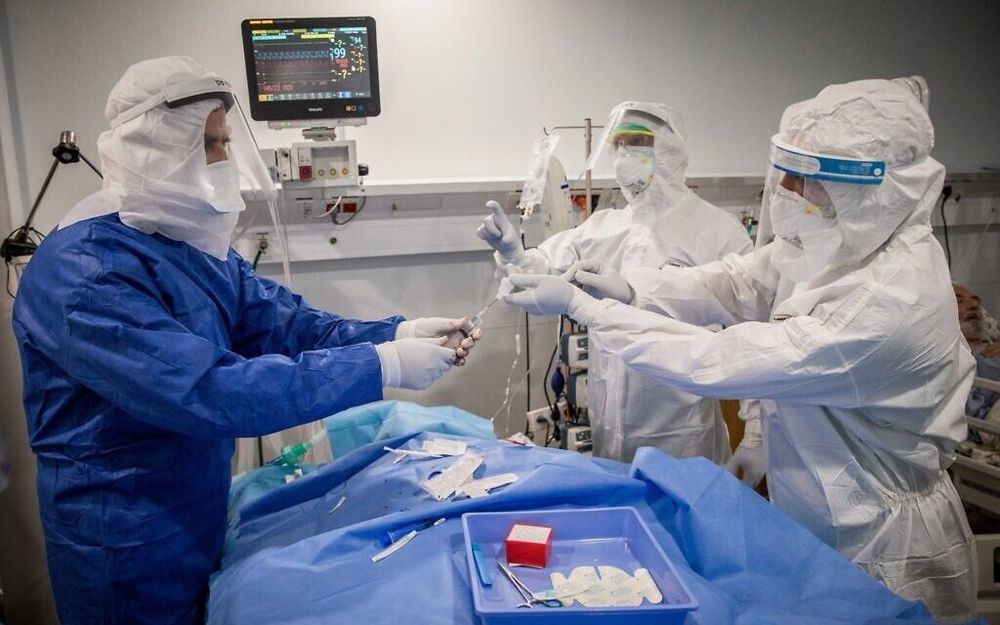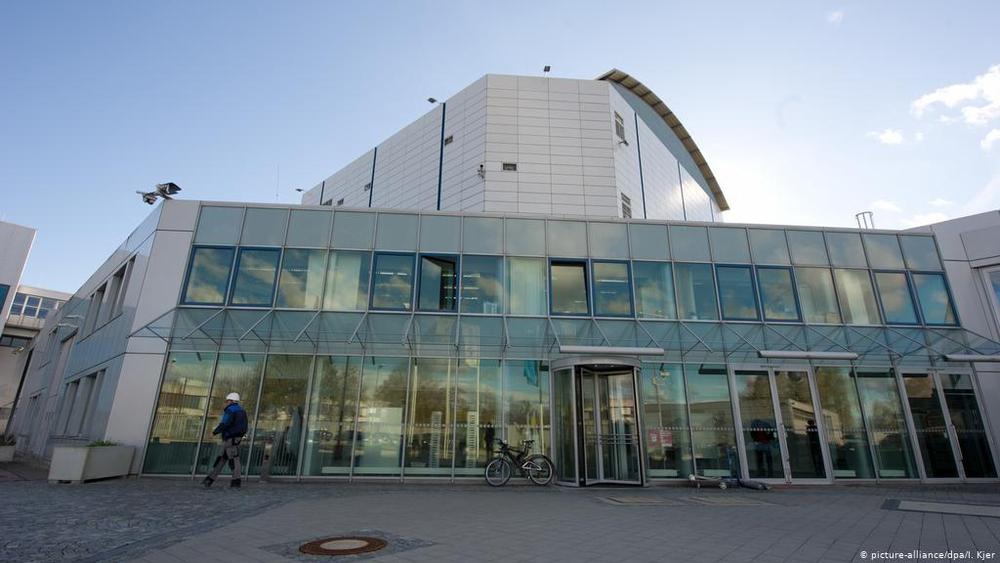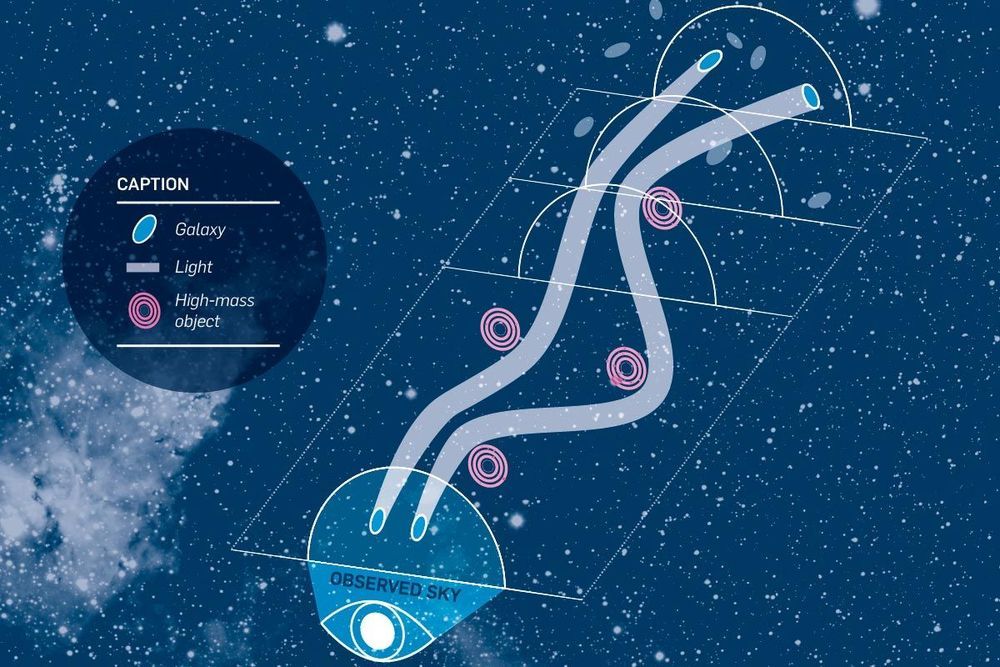
Get the latest international news and world events from around the world.


10 Coolest 3D Printed Cars
Believe it or not, 3D printed cars are a reality.
Although you won’t be able to find 3D printed cars at your local car dealership just yet, there are some very interesting concepts out there that do a great job of presenting the possibilities of 3D printing in the automotive industry. They even represent the first steps towards mass-produced 3D printed cars.
Here are 10 of the coolest cars that are 3D printed or contain 3D printed parts. Just keep in mind that most of them aren’t available for purchase.



The Weight of the Universe – Physicists Challenge the Standard Model of Cosmology
Results from physicists in Bochum have challenged the Standard Model of Cosmology. Infrared data, which have recently been included in the analysis, could be decisive.
Bochum cosmologists headed by Professor Hendrik Hildebrandt have gained new insights into the density and structure of matter in the Universe. Several years ago, Hildebrandt had already been involved in a research consortium that had pointed out discrepancies in the data between different groups. The values determined for matter density and structure differed depending on the measurement method. A new analysis, which included additional infrared data, made the differences stand out even more. They could indicate that this is the flaw in the Standard Model of Cosmology.
Rubin, the science magazine of Ruhr-Universität Bochum, has published a report on Hendrik Hildebrandt’s research. The latest analysis of the research consortium, called Kilo-Degree Survey, was published in the journal Astronomy and Astrophysics in January 2020.

New Ways to Nudge the Brain
Summary: New neurostimulation technology works safely and non-invasively to modify brain activity. The findings may provide some foundational knowledge for the development of future technologies that could expedite cognitive processes.
Source: US Army Research Laboratory
For Army scientists, the goal of neuroscience research is pursuing the inner workings of the human brain to advance scientific understanding and improve Soldier performance.


Universities last in line as Europe eases coronavirus lockdown
“In one sense, universities have become victims of their own success at teaching online, but some academics are concerned that continued closures could hurt poorer students without access to computers or study space, while others mourn the loss of face-to-face connection while teaching.” Universities have become bloated cliques. Has Covid shown we don’t need mini-towns and fat fees? Poorer students might welcome online courses at 10% of the cost surely and shorter completion time, surely?
Governments are prioritising reopening schools and businesses over campuses. But some academics fear the impact on disadvantaged students – and on their teaching.


Scientists are making human-monkey hybrids in China
Circa 2019.
Gain of function research was heavily debated amidst many CDC mishaps. It was stopped, and then outsourced to China due to lax regulations. Now we have an outbreak that no one can confirm it’s origin, but the epicenter is in close proximity to a Wuhan lab working on the same pathogen, with direct bat to human transmission.
Knowing this, this story disturbs me, as we have no international protocols and regulations to prevent mishaps. The last thing we need is a lab mishap, and monkeys riding on horses with guns, all pissed off at humans. We are already experiencing the Contagion movie, and biblical plagues like locusts, the last we need is planet of the apes.
In a controversial first, a team of researchers have been creating embryos that are part human and part monkey, reports the Spanish daily El País.
Daring biologist: According to the newspaper, the Spanish-born biologist Juan Carlos Izpisúa Belmonte, who operates a lab at the Salk Institute in California, has been working working with monkey researchers in China to perform the disturbing research.
Their objective is to create “human-animal chimeras,” in this case monkey embryos to which human cells are added.